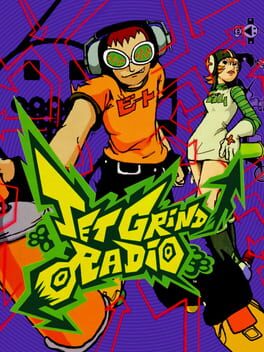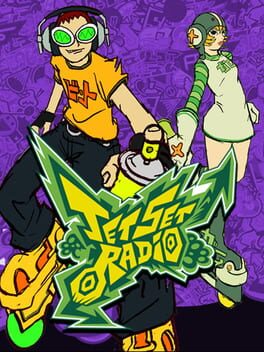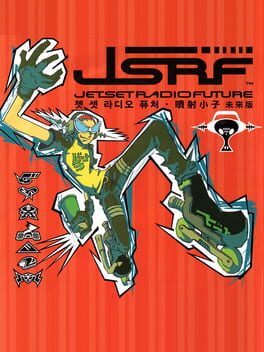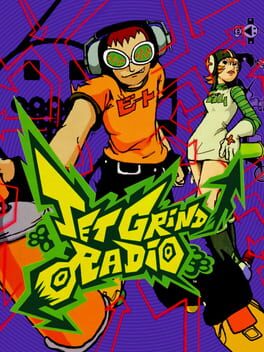

A port of Jet Grind Radio
Jet Grind Radio (released as Jet Set Radio in Europe) is a video game for the Game Boy Advance system, which is based on the Dreamcast title of the same name. The game was developed by Vicarious Visions and published by THQ. Jet Grind Radio is an action platform game based on the Dreamcast version. The gameplay of Jet Set Radio differs in several key areas from its Dreamcast counterpart. Instead of being a 3D game using polygons, the game is a 2D game with an isometric viewpoint. The goal of the game is to traverse through neighborhoods and find key locations to tag them with graffiti under a specific time frame. Players can grind on rails and perform tricks. When a key location is reached, players must tag it with graffiti that may require a single press of a button, or a sequence of buttons that need to be pressed at the correct time. The game offers a graffiti editor to customize and create unique graffiti tags. Players can collect hidden icons scattered throughout in order to expand the number of graffiti tags. After completing the story mode of a specific neighborhood, three new time attack modes are unlocked for that neighborhood. The three modes involve tagging an entire city, racing, and performing tricks. Jet Grind Radio also offers 4-player multiplayer that allows players to compete within the unlocked time attack modes.
Also in series
Reviews View More
This means dropping the two most important assets of the game — the groundbreaking cel-shaded aesthetic and crunching down the superlative soundtrack into several bite-sized looping bits.
On the whole, it’s fascinating how much has remained the same. Most of the level navigation stays true to the original game, with slight changes for the isometric perspective, one important cut level, and combining some hard-to-translate levels into smaller and more navigable spaces.
It is still hard to properly judge distances, often having to track off-screen jumps and requiring more rote memorization, while also making even more precarious choices, like shortening the allotted time in several of the game’s segments.
It has some unique features. It’s the only game where you get to play as beloved DJ Professor K. There’s four-player which I truly wish I could test or see but have no capacity for, and finishing the game unlocks some different content.
There are also several version differences between NA & PAL versions, most notably: when you finish graffiti in the PAL version, it triggers a crunchy “JET SET RADIO” effect every. single. time. In the NA version, it plays something like the original sound effect. In the PAL version, some of the character names match their original JP Dreamcast version counterpart and in the NA game, they’re consistent with versions in that market.
If the main complaint of Jet Set Radio is it’s hard to play, the isometric switch mostly intensifies that issue by making it harder to read and judge, while nullifying other factors, like making the enemies mostly useless, and not much of a threat for most of the game. It gets legitimately painful in the late levels, especially with the truncated runtimes allowed and more guesswork involved but save states exist for reasons, too.
While this is not nearly as definitive as THPS2, it’s just interesting that it exists at all. It’s a time capsule for how games used to be ported. Worth a look just out of curiosity for how everything has been shrunk down but that original Dreamcast game is still, by far, the superior option in every conceivable way.



